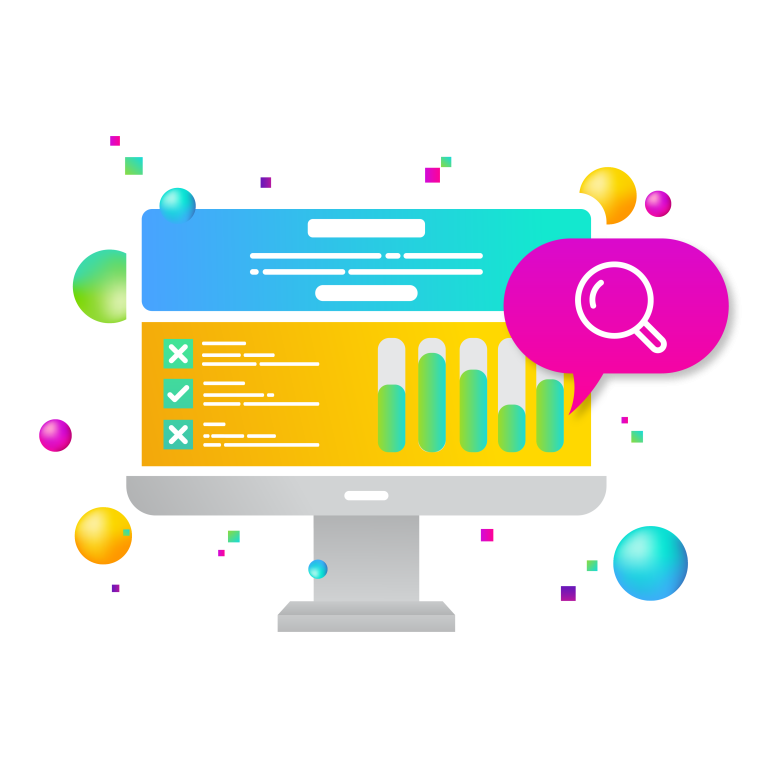When developing software, it is always necessary to have multiple environments to work on. Each environment allows developers and users to work simultaneously but independently on a project without ever affecting the live website.
Today, we are going to talk about the staging environment; although it is sometimes overlooked, our team at New Target believes it’s an essential environment for building beautifully working websites. The staging environment is basically an exact replica of a production environment that is used to test software.

What is a Staging Environment?
Staging environments are for testing codes, builds, and any updates to ensure high quality under a production-like environment before the application deployment. Everything you do in a staging environment should be as close as possible to the production environment to make sure software and updates work correctly. Essentially, it is a copy of your live website and is the final step in the deployment process before the changes are made on your live website.
The working copy of the source code can be moved to the staging environment as soon as all application bugs have been fixed. This is the application’s release candidate version. Since the staging and production environments are typically identical, using the program does not require much different hardware or software. This also serves the goal of confirming connectivity within the larger system, such as database access and peripheral interaction. Loading times and other performance metrics are also evaluated during staging because the environment greatly influences the system’s performance.
Staging is used for testing when quality assurance is no longer relevant, which is probably the case for the majority of projects. Prior to being applied to the live website, all new modifications deployed from earlier environments must first be tested on a staging site to confirm that they are functioning as intended. Using a staging site and testing every change before deploying to the live site allows you to remove errors and issues, so they never affect the end user. This procedure is sometimes known as quality assessment (QA). Staging in this situation serves as sort of an open house before the application is moved to the production environment.
What comes after the stage environment?
Once the website is thoroughly and completely tested in the staging environment, it is time to release it for the end users in the production environment. This is the final stage of production and is the live website where users can use and interact with your product. This is why it is important to get rid of any bugs and errors before the production environment.
Although the stage environment can be a pain to set up due to all the time it takes to write all of the tests, it is definitely worth the time. It is way better to get this step over with any website because it will end up saving you more times than you will ever know.
Benefits of a staging environment
Reduced risk
For most websites, a staging environment is considered a best practice for minimizing risk and avoiding surprises when new code is published. Failing to have a staging site leaves your code unprotected with a host and can lead to more technical problems down the line.
Ensured quality
A staging environment helps ensure quality under an environment similar to production by protecting your server from any code that is unlikely to work. This way, your website should perform far better from the start with few to no headaches. This will also maximize your budget by not wasting resources.
Reduced costs
Your company will reduce or save on hosting costs because of staging environments. If your code does not perform like you thought it would, more money will be spent fixing the issue that could have been prevented before with a staging site.
Increased performance
When you identify errors and bugs early on, your production server will be more protected from code that doesn’t work. This can result in improved website performance and a better customer experience with reduced downtime. This is most important for companies that bring in most of their revenue through online sales.
New Target Development Services
Our website hosting plans are created to scale up to meet your hosting needs as they may evolve over time. We have provided managed hosting solutions in our cloud for local nonprofits, major ecommerce firms, and international nonprofits.
From development to stage to production, we will make sure your website goes live without any problems. And on the off chance that you do run into a problem, we offer 24/7 support requests. Learn more about all of our web hosting features.



